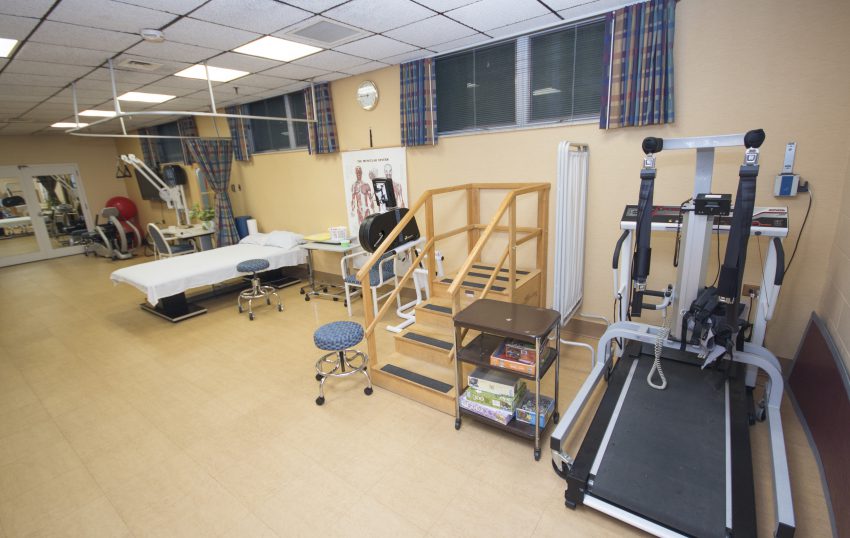One common technique used in physical is therapeutic exercise. This involves targeted movements and exercises that assist strengthen muscles, enhance range of motion, and boost stamina. For instance, a patient recovering from leg operation may engage in workouts that focus on rebuilding strength in the lower limb muscle groups. These exercises are meticulously selected based on the individual’s status and goals. By gradually increasing the intensity and complexity of the activities, physical therapists can help patients regain their power and movement over time.

Another crucial method is manual therapy, which comprises physical methods to manipulate the human body soft muscles and articulations. This can involve stretching, joint movement, and massage. Hands-on therapy seeks to relieve discomfort, reduce swelling, and enhance circulation. For example, a practitioner may apply light pressure to relieve tension in stiff muscles or to assist a joint function more freely. This method is often combined with other treatments to improve recovery and encourage healing. Clients often find hands-on therapy to be a soothing and effective way to control their discomfort.
In furthermore to exercises and hands-on therapy, instruction plays a crucial part in physical. Practitioners teach clients about their conditions and how to handle them efficiently. This may include advice on correct posture, body movements, and techniques to avoid future injuries. For instance, a therapist might demonstrate a patient how to raise heavy objects properly to prevent straining their spine. By empowering clients with knowledge, physiotherapy therapists help them take an active role in their rehabilitation and encourage sustained health and well-being.
Ultimately, technology is progressively being integrated into physiotherapy practices. Devices such as ultrasound, electrotherapy impulses, and virtual environments can enhance conventional therapy methods. These tools can help alleviate discomfort, promote recovery, and offer engaging methods for patients to participate in their recovery. For you could try this out example, immersive environments can create engaging environments for patients to practice actions in a safe plus protected setting. As advancements continues to develop, it offers promising opportunities for improving rehabilitation results in physical.
In summary, physiotherapy encompasses a variety of techniques that work together to assist recovery and rehabilitation. Through rehabilitative activities, manual treatment, client education, and the use of technological tools, physical practitioners offer comprehensive care customized to each patient’s needs. This comprehensive approach not only assists patients recover their bodily abilities but also empowers them to sustain their well-being in the long run. As an increasing number of individuals acknowledge the advantages of physiotherapy, it continues to play a crucial part in the journey toward improved well-being and fitness.